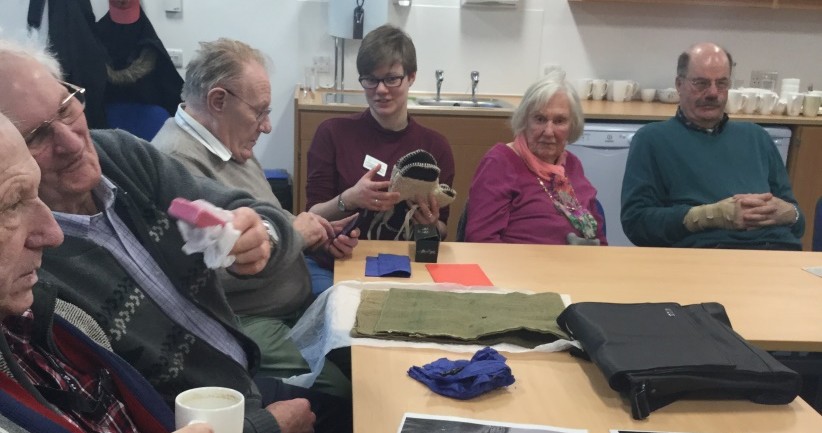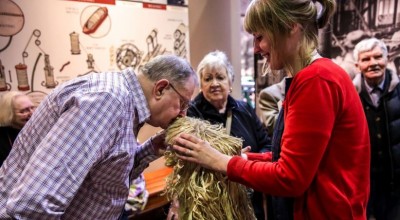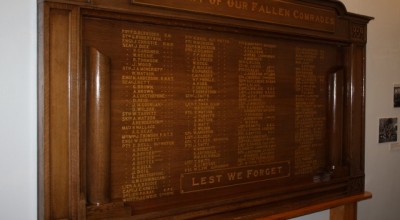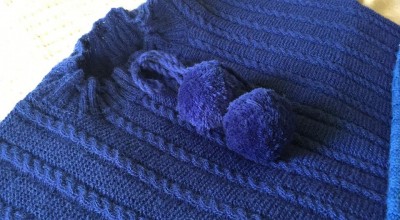Plaice and Memory

From the mid-1990s we have been making improvements to the accessibility of the museum. This has included successful ramping of historical buildings and well received touch and descriptive tours as well as object handling kits. Following these successes, we began to think about how to build on our object handling work by bringing our collections out into our local community.
The final idea came about as we were working on our Fishermen at War gallery (opened 11th November 2017) and we started to think about how we could engage with our local community about war memories. We ran three pilot sessions based around wartime objects and images with a local lunch club run by the East Neuk Project with tremendous success.
We wanted to effectively evaluate these sessions, and so a special survey form was created for participants to fill in. We used emojis and a traffic light system to ensure that participants felt they could easily and quickly give us feedback. From the feedback from the group we decided that, although reminiscence was something that had been tried previously, we would re-evaluate what we could provide and ensure that our offer became consistent. We looked at the varied items within our lending collection and began to consider the kinds of themes that they would best support.
We consulted the Rethinking Heritage report when developing our themes and offer, with special attention being paid to the idea that any collection has links to broader, relatable themes. Although our collections are related to fishing and the fishing industry, we realised that many of our objects represent local memories and family life. We decided that the themes our collections fit with include: Local Memories, The Home, Leisure/Days Out, Clothing, Fishing and Wartime.
We then put together a brief guide to reminiscence sessions run with the museum’s resources so that these themes and the objects that support them are recorded. Additionally this allows the group to know what we can deliver for them. We have now successfully delivered sessions based around these themes with local groups and at local care homes.
With each way we increase access to the museum we get new ideas about how we can do more. We have continued to further our work by organising Dementia Friends training for our staff and volunteers. The next step will be investigating ways to make our buildings, collections and activities even more accessible for people who are neurodiverse.




